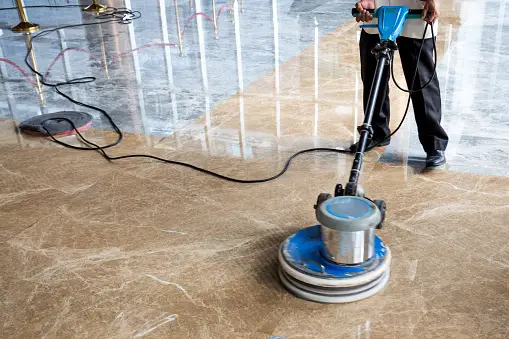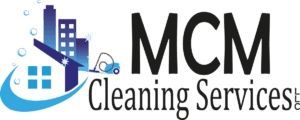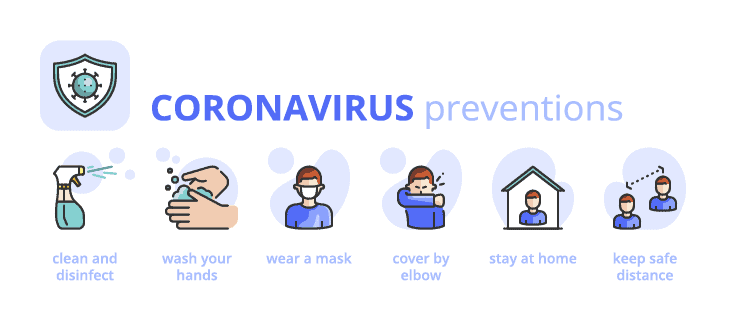
Residential and Commercial Cleaning: Tips for Effective Stain Removal
Date Posted:
March 7, 2024
Stains are an inevitable part of life, whether you’re managing a bustling commercial space or maintaining a cozy home environment. From accidental spills to stubborn marks, knowing how to effectively remove stains is essential for preserving the aesthetic appeal of any space. In this guide, we’ll explore the best practices for residential and commercial cleaning, offering expert tips for tackling even the toughest stains with ease.
Introduction to Stain Removal
Stain removal is more than just a chore; it’s a crucial aspect of maintaining cleanliness and hygiene in any environment. Whether you’re dealing with spilled coffee on a residential carpet or grease stains in a commercial kitchen, knowing how to effectively remove stains can save both time and money in the long run.
In residential settings, stains are often caused by everyday activities such as cooking, dining, or pet accidents. In contrast, commercial spaces face a broader range of challenges, including high foot traffic, food spills, and industrial residues. Understanding the unique stain removal needs of each setting is the first step toward achieving optimal cleanliness.
Understanding Different Types of Stains
Not all stains are created equal. From wine and coffee to oil and ink, stains can originate from a variety of sources, each requiring a specific approach for removal. By categorizing stains based on their composition and origin, cleaners can better tailor their methods for maximum effectiveness.
In residential settings, common stains include food and beverage spills, pet accidents, and dirt tracked in from outdoors. Commercial spaces, on the other hand, may encounter grease stains, ink marks, and chemical residues. Identifying the type of stain is the key to selecting the most appropriate cleaning solution and technique.
Tools and Supplies Needed
Effective stain removal requires the right tools and supplies. Basic items such as absorbent cloths, brushes, and mild detergents are essential for tackling most stains. However, specialized equipment such as carpet cleaners and steam machines may be necessary for more stubborn marks.
In both residential and commercial settings, eco-friendly cleaning products are becoming increasingly popular due to their minimal environmental impact and reduced risk of harmful chemicals. When selecting cleaning solutions, look for products that are certified as safe for both people and the planet.
Pre-treating Stains
Pre-treating stains is a crucial step in the cleaning process, especially for deeply ingrained or stubborn marks. By applying a pre-treatment solution to the affected area and allowing it to penetrate the stain, cleaners can loosen debris and make removal easier.
For organic stains such as food or beverage spills, blotting the area with a mixture of mild detergent and water can help prevent the stain from setting in. For oil-based stains like grease or lipstick, applying a degreasing agent before washing can improve results.
Stain Removal Techniques for Carpets and Upholstery
Carpets and upholstery are particularly susceptible to staining due to their porous nature and frequent use. To effectively remove stains from these surfaces, it’s essential to use gentle techniques that won’t cause damage or discoloration.
For carpet stains, start by blotting the area with a clean cloth to absorb excess moisture. Then, apply a carpet cleaning solution and gently scrub the stain with a soft brush or sponge. Rinse thoroughly with water and allow the carpet to dry completely before walking on it.
Stain Removal Techniques for Hard Surfaces
Hard surfaces such as countertops, floors, and walls require a different approach to stain removal. While abrasive cleaners may be effective for removing tough stains, they can also damage delicate surfaces if used improperly.
Instead, opt for gentle cleaning solutions that won’t scratch or dull the surface. For stains on countertops or walls, a mixture of baking soda and water can work wonders. For floors, a mild detergent diluted in water is usually sufficient for most stains.
Specialized Stain Removal for Commercial Settings
Commercial environments present unique challenges when it comes to stain removal. From busy restaurants to industrial warehouses, each setting requires tailored cleaning solutions to effectively address the specific types of stains encountered.
In food service establishments, for example, grease stains are a common problem that requires specialized degreasers and equipment for removal. In healthcare facilities, on the other hand, stains may be caused by bodily fluids or medical supplies, necessitating the use of disinfectants and biohazard protocols.
DIY vs. Professional Stain Removal
While many stains can be effectively removed using DIY methods, there are times when professional intervention may be necessary. Professional cleaning services have access to specialized equipment and expertise that can achieve superior results, especially for tough or set-in stains.
However, DIY stain removal can be cost-effective and convenient for smaller, less stubborn stains. By following proper techniques and using the right products, homeowners and business owners can often achieve satisfactory results on their own.
Tips for Maintaining Stain-Free Spaces
Prevention is the best defense against stains. By establishing regular cleaning routines and educating occupants on proper stain prevention techniques, it’s possible to minimize the occurrence of stains and preserve the cleanliness of any space.
Encourage clients or household members to promptly clean up spills and accidents to prevent them from becoming permanent stains. Additionally, consider implementing protective measures such as floor mats or furniture covers in high-traffic areas to reduce wear and tear.
Dealing with Stubborn or Set-In Stains
Despite our best efforts, some stains may prove stubborn or difficult to remove. In these cases, it’s essential to avoid panic and take a systematic approach to stain removal.
Start by identifying the type of stain and selecting the appropriate cleaning solution and technique. Test any new products or methods in an inconspicuous area to ensure compatibility with the surface. If the stain persists, consider seeking professional assistance to avoid causing further damage.
Environmental Considerations in Stain Removal
As awareness of environmental issues grows, so does the demand for eco-friendly cleaning products and practices. When selecting stain removal products, choose options that are biodegradable, non-toxic, and free from harmful chemicals.
Minimize water usage and waste by using concentrated cleaning solutions and reusable applicators whenever possible. Additionally, consider alternative methods such as steam cleaning or dry cleaning to reduce the need for excess water and energy.
Safety Precautions
Safety should always be a top priority when handling cleaning products and equipment. Wear protective gear such as gloves and goggles to prevent skin irritation and eye injuries, especially when working with harsh chemicals.
Ensure adequate ventilation in enclosed spaces to prevent the buildup of fumes or vapors. If using cleaning products in areas with poor ventilation, consider wearing a respirator mask to protect against inhalation of harmful substances.
Common Mistakes to Avoid
When it comes to stain removal, certain mistakes can exacerbate the problem rather than solve it. Avoid using excessive force or abrasive cleaners that can damage delicate surfaces or fabrics.
Always spot test new cleaning products in an inconspicuous area before applying them to the entire stain. This helps prevent unintended damage or discoloration and ensures that the product is compatible with the surface being cleaned.
Stain Removal for Specific Surfaces
Different surfaces require different approaches to stain removal. Delicate materials such as silk or suede require gentle handling and specialized cleaning solutions to avoid damage.
For silk garments, for example, avoid rubbing or scrubbing the stain, as this can cause irreversible damage to the fabric. Instead, blot the stain gently with a clean cloth and apply a small amount of mild detergent diluted in water.
Conclusion
Effective stain removal is an essential aspect of maintaining cleanliness and hygiene in both residential and commercial settings. By understanding the unique challenges posed by different types of stains and surfaces, cleaners can implement targeted strategies for maximum effectiveness.
Regular maintenance and proactive stain prevention are key to preserving the appearance and longevity of carpets, upholstery, and hard surfaces. Whether tackling a small spill at home or addressing stubborn stains in a commercial space, following proper techniques and using eco-friendly products can ensure optimal results without compromising safety or sustainability.
FAQs (Frequently Asked Questions)
- How can I prevent stains from setting in?
- Promptly clean up spills and accidents to prevent them from penetrating the surface.
- Are there any natural remedies for removing stains?
- Yes, ingredients like vinegar, baking soda, and lemon juice can be effective for certain types of stains.
- When should I seek professional stain removal services?
- Consider hiring professionals for tough or set-in stains that cannot be removed with DIY methods.
- Can I use bleach to remove stains from fabrics?
- Bleach can be effective for whitening fabrics but should be used with caution to avoid damage or discoloration.
- What should I do if a stain persists after multiple attempts at removal?
- Contact a professional cleaning service for specialized assistance and advice.
To get started, request a quote here.






